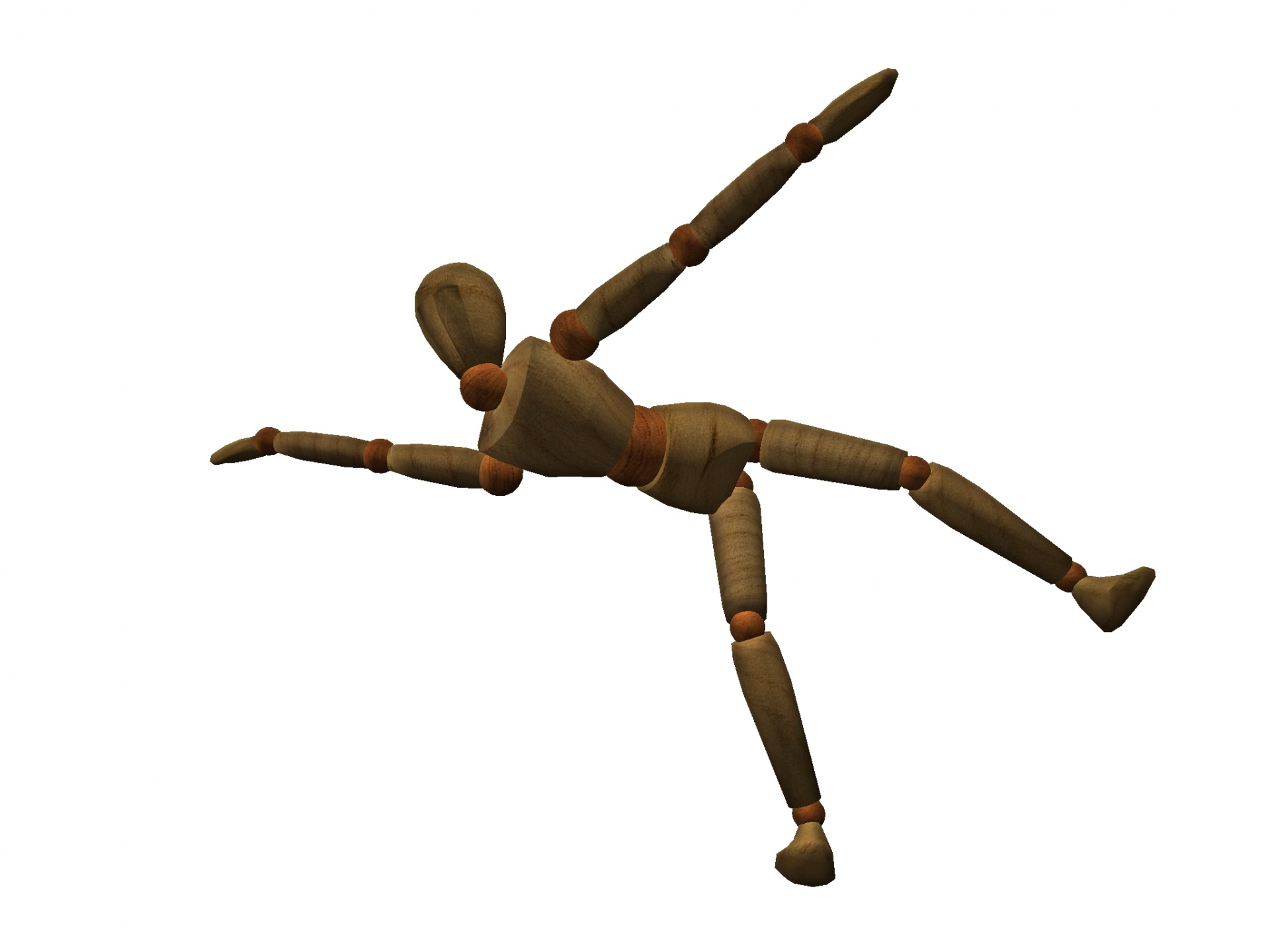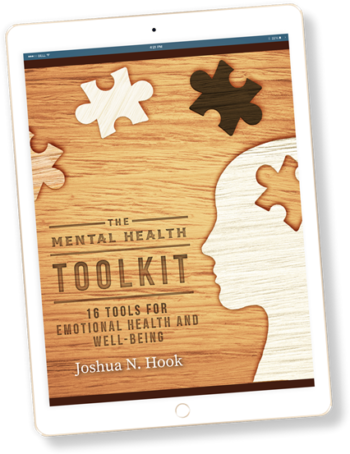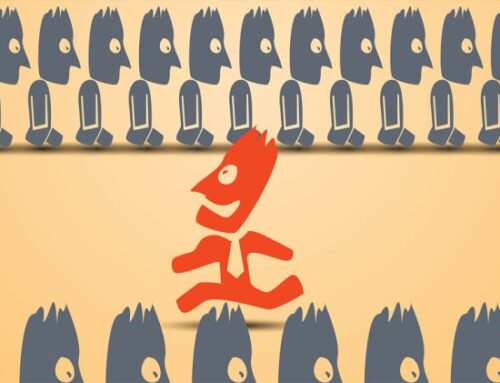Out of Balance
June 27, 2021
Categories: Balance
This post is Part 1 in a 6-part blog series on Balance.
At the core, I believe many of the most difficult problems people struggle with have to do with a lack of balance. Struggles with balance can fall on one of two extremes. Some people struggle with “too much.” For example:
- They experience too much stress and anxiety.
- They eat too much, drink too much alcohol, or use drugs too much.
- They work too much.
- They have sex too much.
- They buy too much stuff.
- They are perfectionistic, having standards for themselves or others that are too much.
- They value the opinions of others too much.
- They are codependent and too enmeshed with their relationships.
- Their experience with religion and spirituality is too rigid.
- They have too much volatility in their emotional experience.
Other people struggle with “not enough.” For example:
- They don’t experience enough joy and happiness.
- They aren’t living a life with enough meaning and purpose.
- They don’t eat enough.
- They don’t work out or exercise enough.
- They struggle with motivation and don’t work or study enough.
- They are closed off from their sexuality.
- They don’t have enough money to meet their basic needs.
- They don’t care enough about their relationships.
- They are lonely and don’t have enough social connections or interactions.
- They feel distant or disconnected from God.
- They don’t have enough depth in their emotional experience.
Journey Toward Balance
People have a variety of struggles, but they all fall on the continuum of “too much” or “not enough.” In order to move toward health and well-being, each person must journey toward balance. However, based on where they currently find themselves, each person’s work toward balance may look different. The prescription for the person who is a workaholic is different from the person who struggles with discipline and can’t hold down a job. Both are experiencing a problem in the area of career, but their work toward balance is different.
No One-Size-Fits-All Approach
This is the main reason why many self-help programs fail to work and bring about lasting change. Because each individual is unique, and the journey toward balance looks differently for each person, the prescription for balance is necessarily unique. A “one size fits all” approach does not work. What is needed is a roadmap for people to (a) identify and diagnose the parts of their lives that are out of balance, (b) identify what a life of greater balance looks like, and (c) create a plan that takes concrete steps toward balance.
Self-Reflection
Think about one of the major problems that you are dealing with in your life right now. Does the problem have to do with “too much” or “not enough?” What would it look like to bring your life more into balance?

Related Thoughts
3 Comments
Leave A Comment

Subscribe To My Newsletter
Join my mailing list to receive the latest blog posts.
Receive my e-book “The Mental Health Toolkit” for free when you subscribe.






[…] Previous […]
[…] This post is Part 4 in a 6-part blog series on Balance. (If you missed the first post, you can find it here.) […]
[…] This post is Part 5 in a 6-part blog series on Balance. (If you missed the first post, you can find it here.) […]